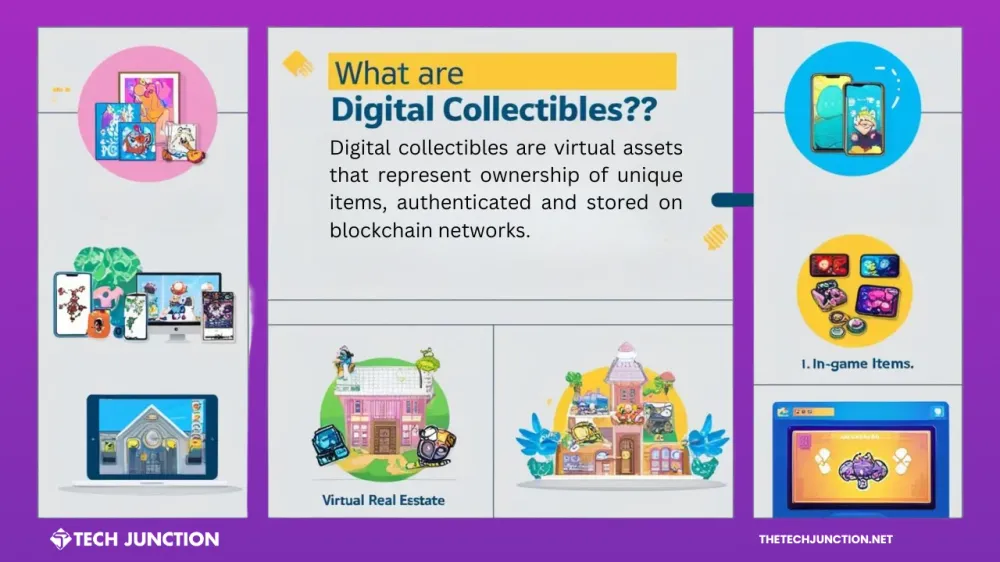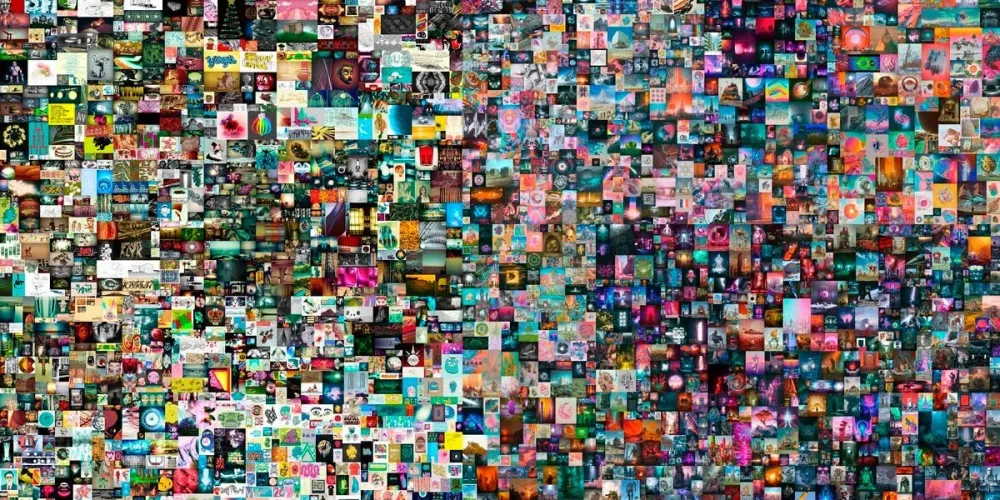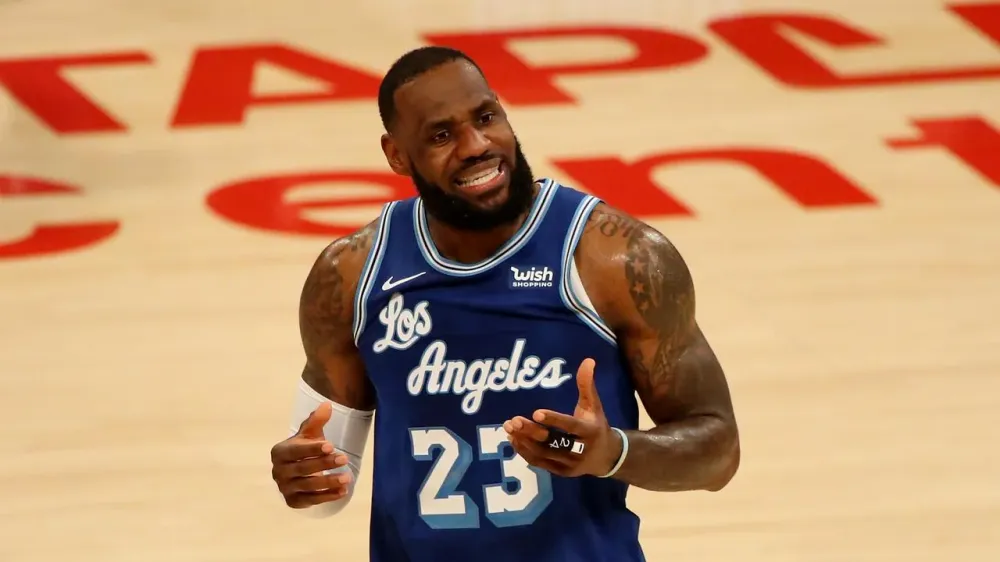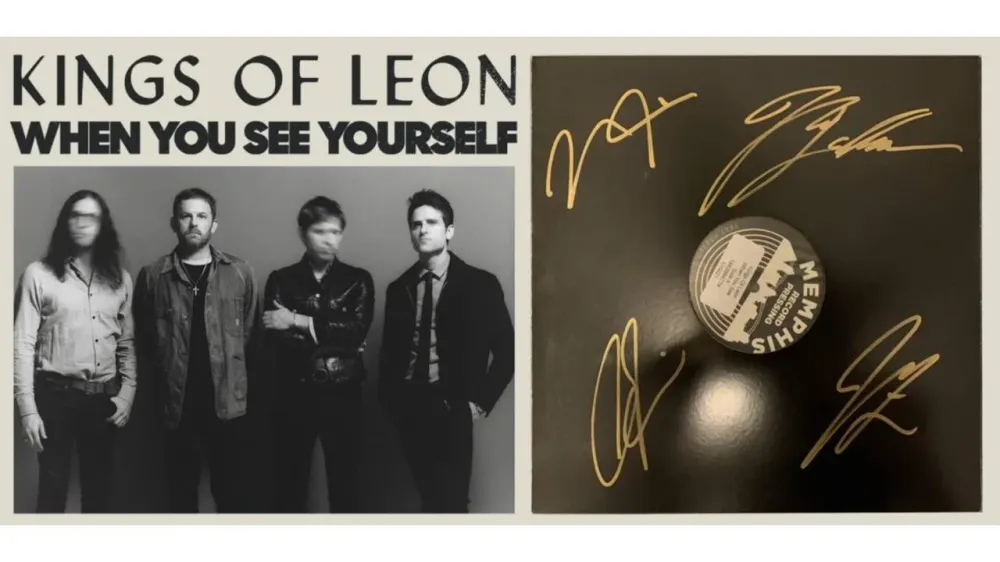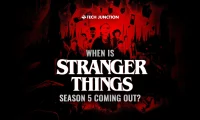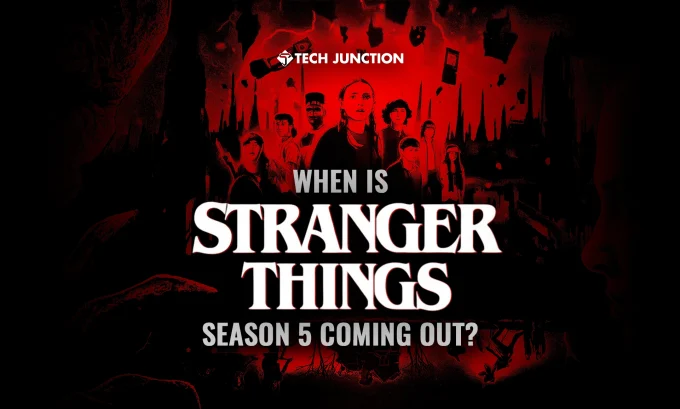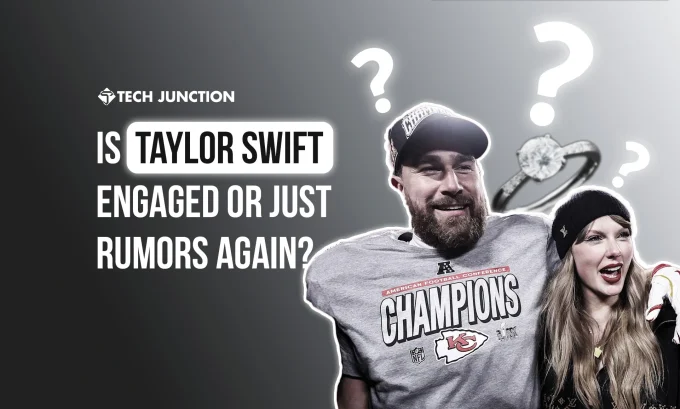Entertainment
 Saba MohsinDecember 26, 20244 Mins read169 Views
Saba MohsinDecember 26, 20244 Mins read169 Views
Digital Collectibles in Entertainment: NFTs and Beyond
Learn what are digital collectibles, how they are used in entertainment like music and gaming, and why they are becoming popular.
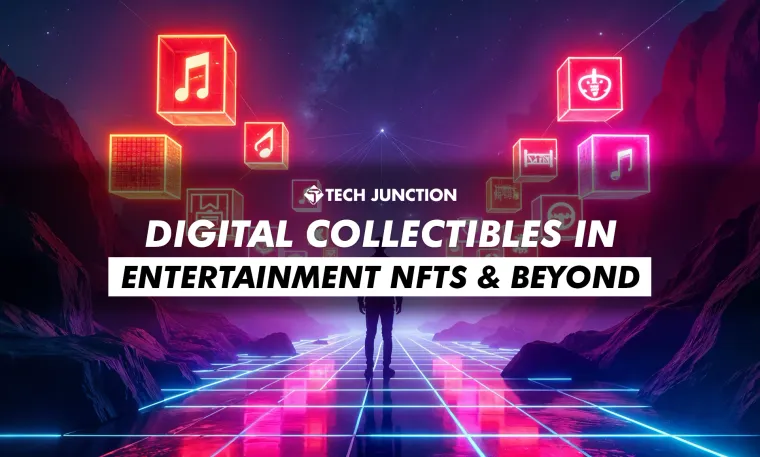
Written by
Saba Mohsin
Saba is the Digital Marketing Manager at OneStream Live, a robust multistreaming service. With a knack for storytelling & a passion for innovation, she's on a mission to disrupt the digital landscape.
-Sponsored-


Related Articles
Entertainment  KalimUllahDecember 4, 2025
KalimUllahDecember 4, 2025
When Is Stranger Things Season 5 Volume 2 Coming Out?
Stranger Things Season 5 Volume 2 drops Christmas Day 2025 on Netflix....
Entertainment  KalimUllahSeptember 16, 2025
KalimUllahSeptember 16, 2025
Best Way to Watch Fast and Furious Movies in Order
Find the best way to watch Fast and Furious Movies in chronological...
Entertainment  Aroosa NadeemSeptember 11, 2025
Aroosa NadeemSeptember 11, 2025
Where to Watch The Summer I Turned Pretty Online in 2025
Wondering where to watch The Summer I Turned Pretty online? Watch Seasons...
Entertainment  Misha ImranSeptember 2, 2025
Misha ImranSeptember 2, 2025
Is Taylor Swift Engaged or Just Rumors Again?
Is Taylor Swift engaged? Uncover the latest rumors, engagement ring details, and...

